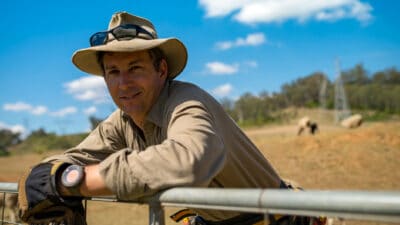Having a passive income of $50,000 per year wouldn't be bad, would it?
And whilst this may sound like a pipe dream, it is possible with a combination of time, patience, and dividend shares.
When investing a lot of focus is on the dividend yield of a share at that time. But an equally important metric is the yield on cost.
The yield on cost is exactly as it sounds – the dividend yield on the price that investors paid for the shares in the past.
Take for example Commonwealth Bank of Australia (ASX: CBA) and CSL Limited (ASX: CSL). Both these companies were spun off by the government in the 1990s.
Investors could have picked up CBA shares for just $5.40 at its IPO. Whereas CSL, after adjusting for stock splits, would have set you back just 76.6 cents per share.
In FY 2019 the banking giant paid its shareholders a fully franked $4.31 per share dividend. This means that investors that bought shares when it listed on the share market (and held onto them), would have a yield on cost of 79.8%.
This means that an investment of ~$62,500 in its shares at its IPO would have generated $50,000 of fully franked dividends in FY 2019. And that is just this year. If you add up all the dividends it has paid and the capital gains, you would have made a small fortune.
It's even better for long term shareholders of CSL. It paid out an unfranked $2.66 dividend in FY 2019.
This equates to a whopping yield on cost of 347%. Which means that an investment of just ~$14,400 at its IPO would have generated $50,000 in dividends in FY 2019.
The amazing thing about this one is that CSL has never been considered a dividend share. But thanks to time and its growing earnings, early shareholders continue to receive very lucrative pay checks each year.
Overall, I believe this demonstrates how investing with a long-term view can lead to serious wealth generation if done smartly.







